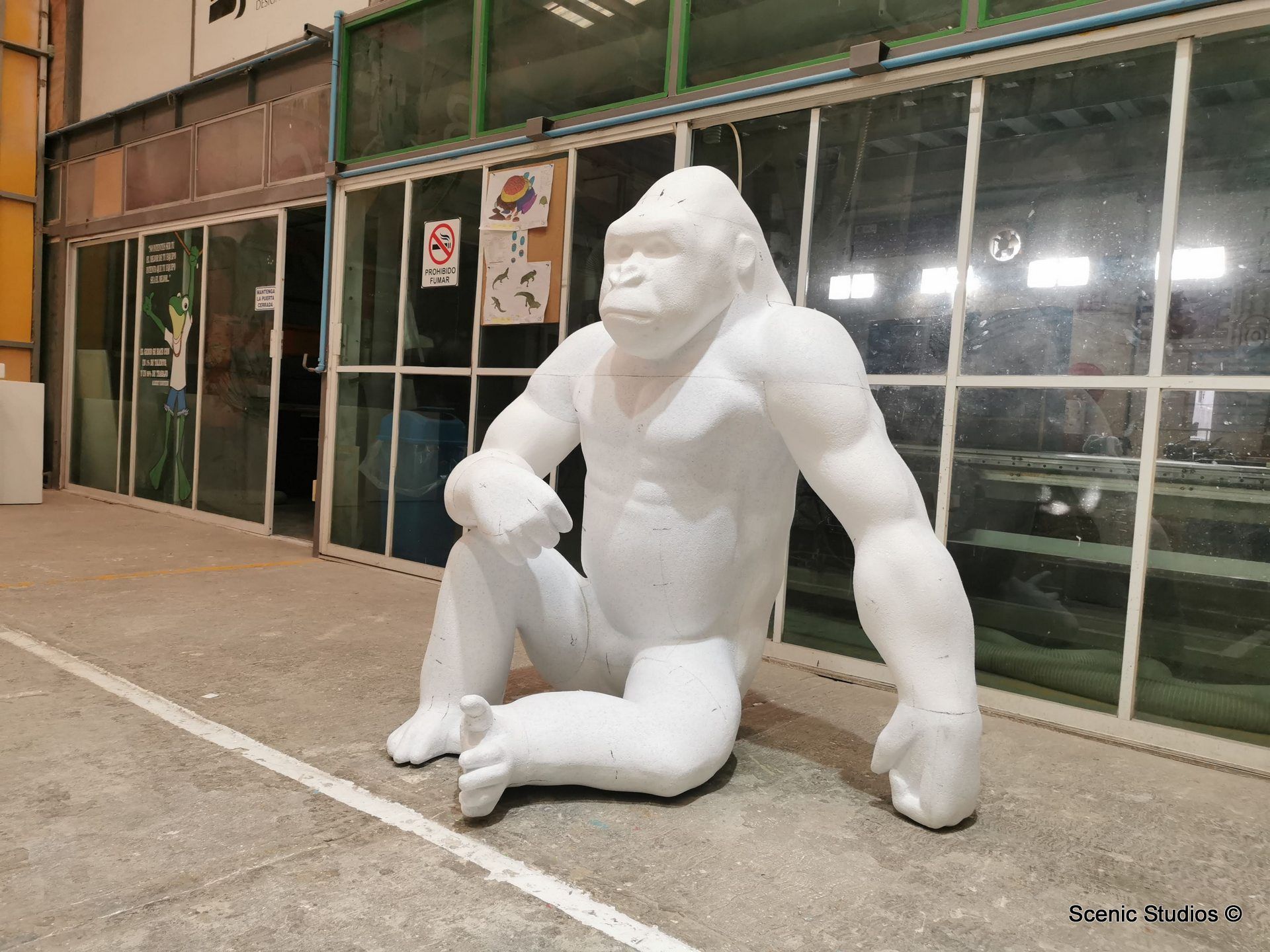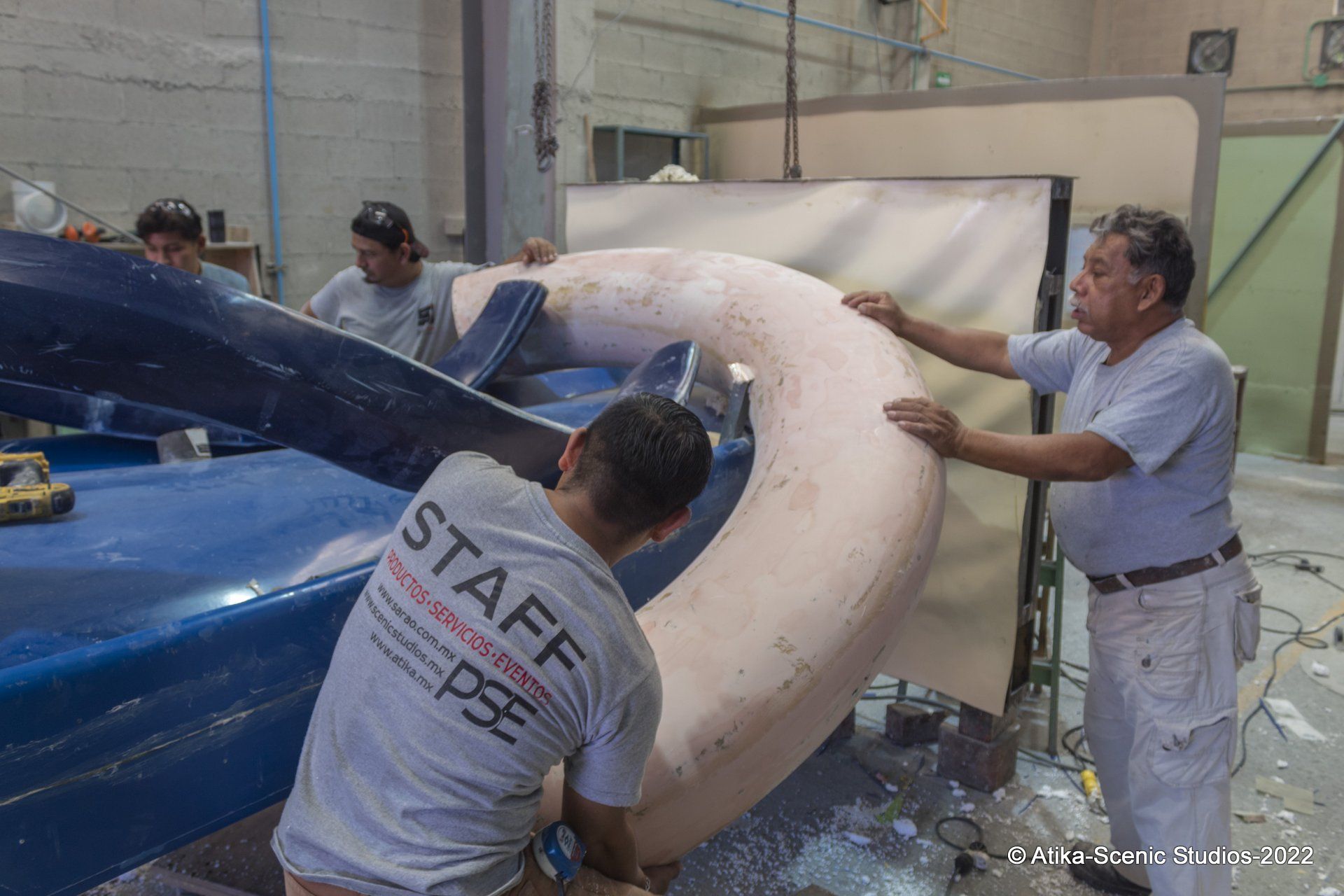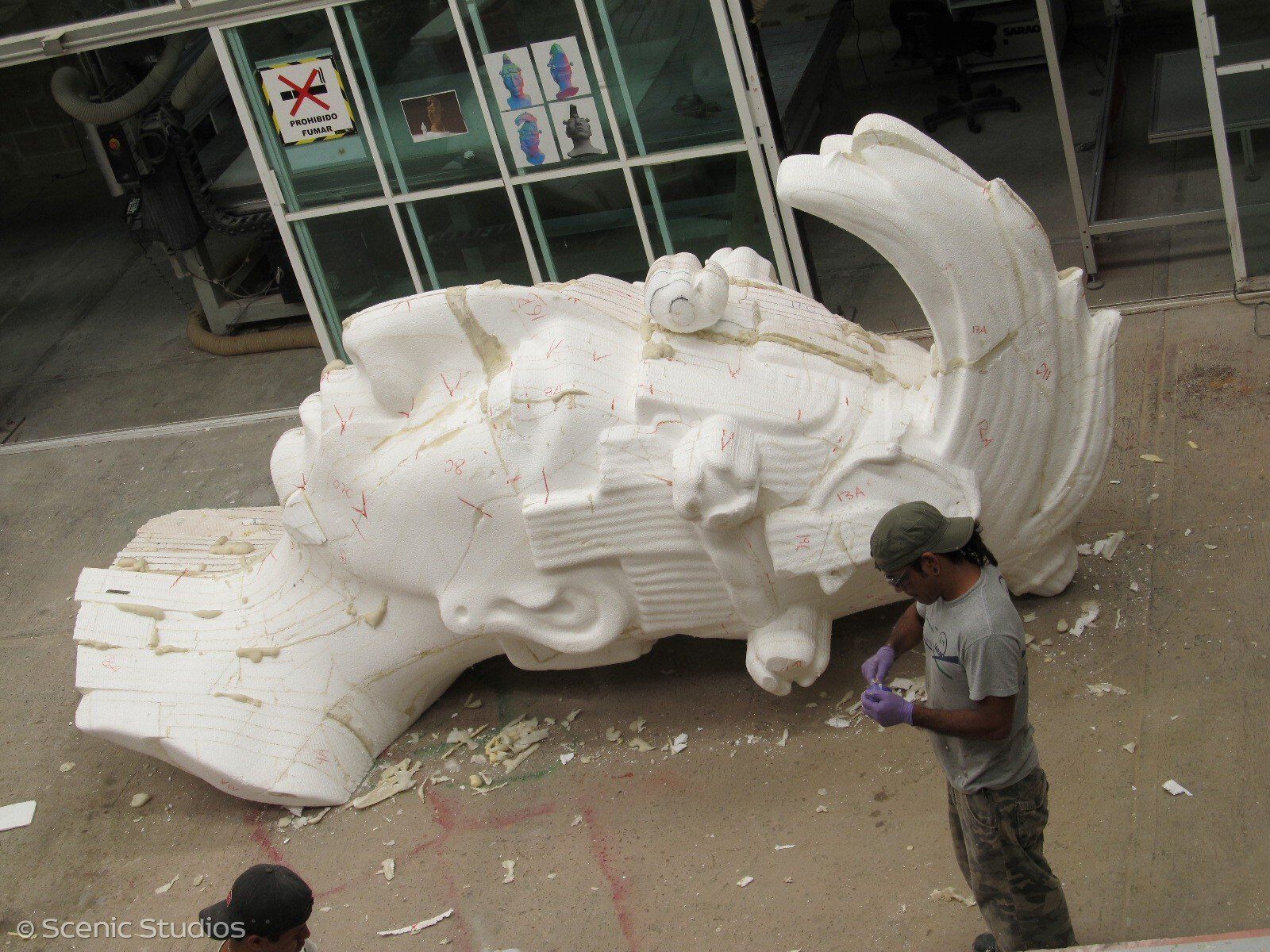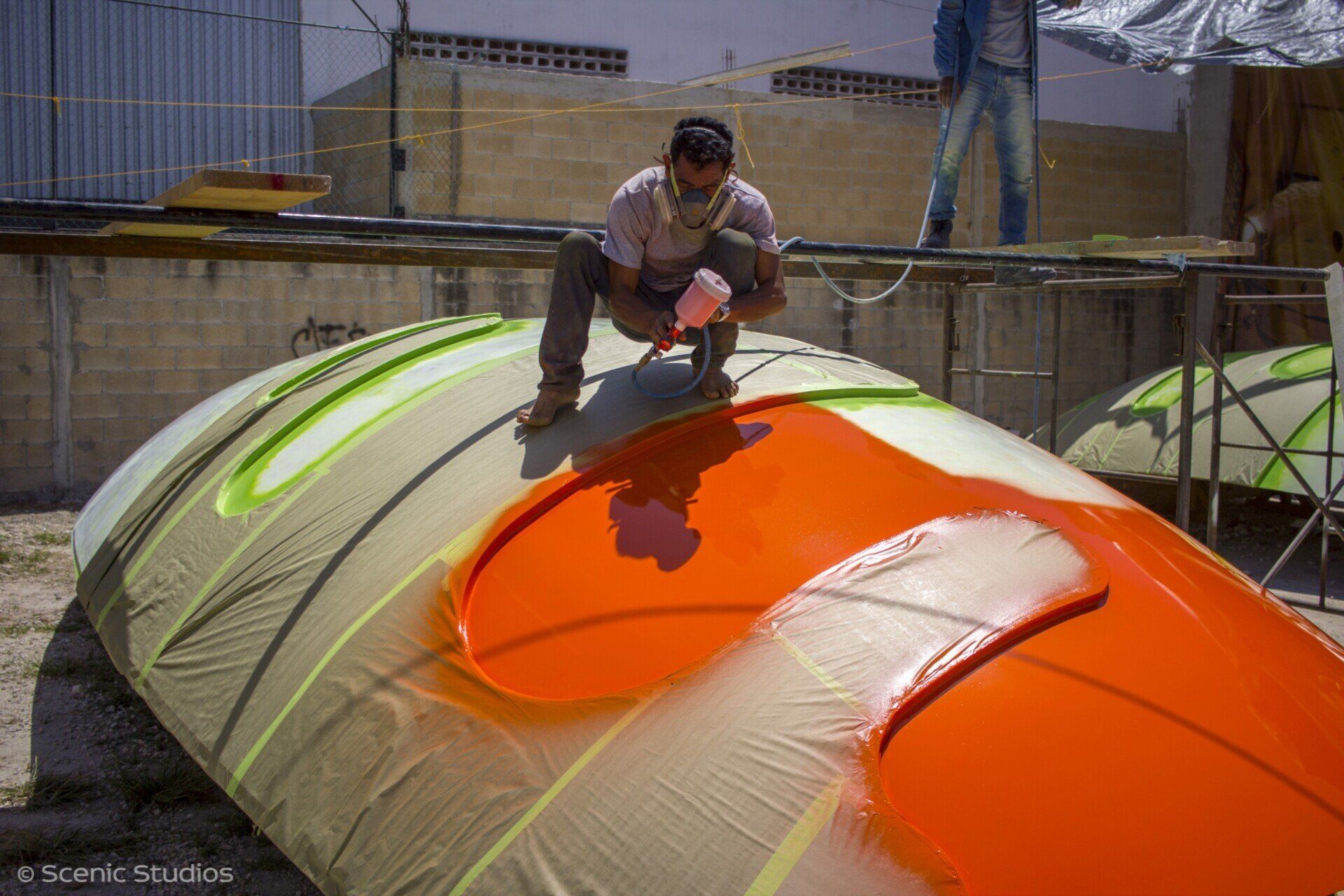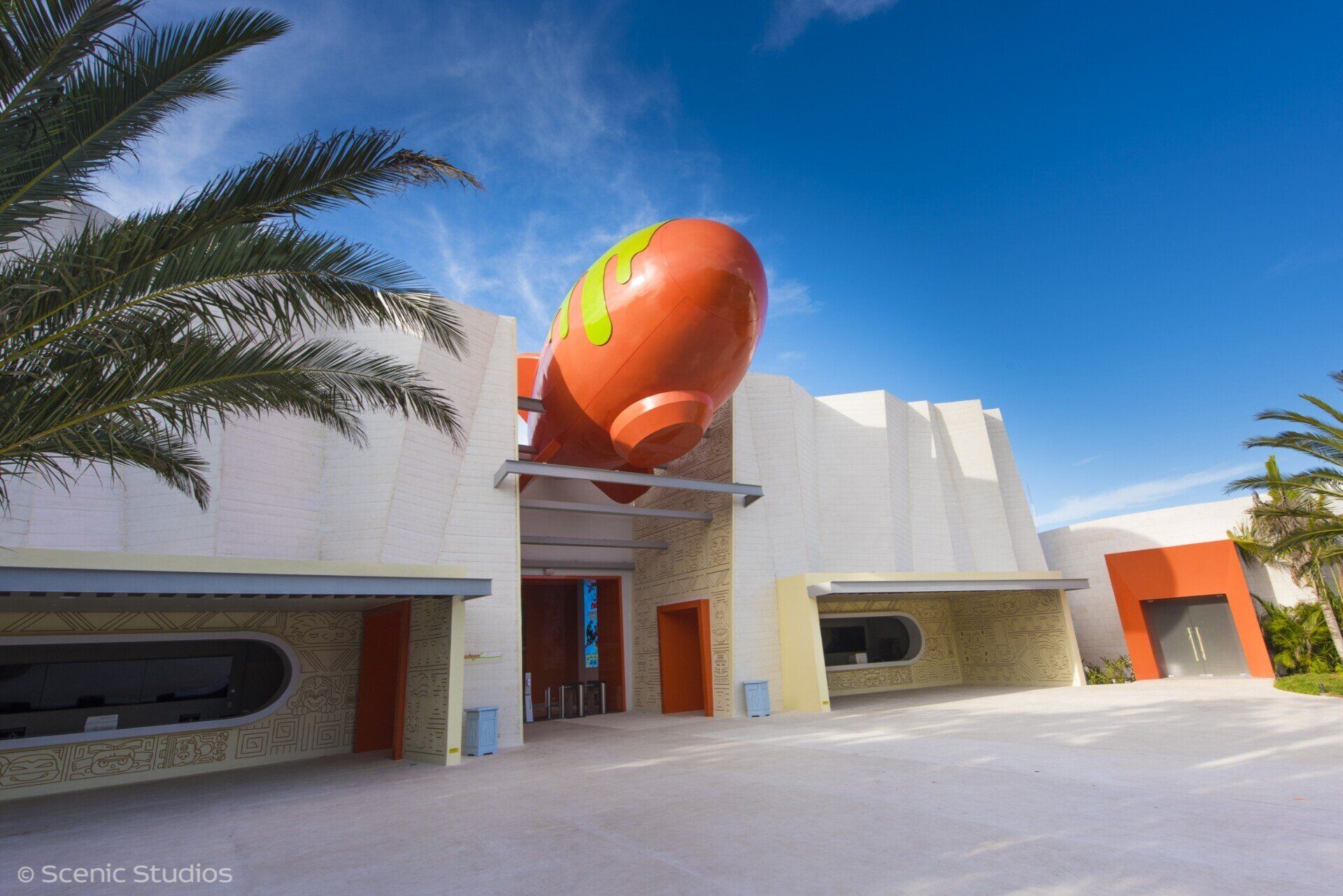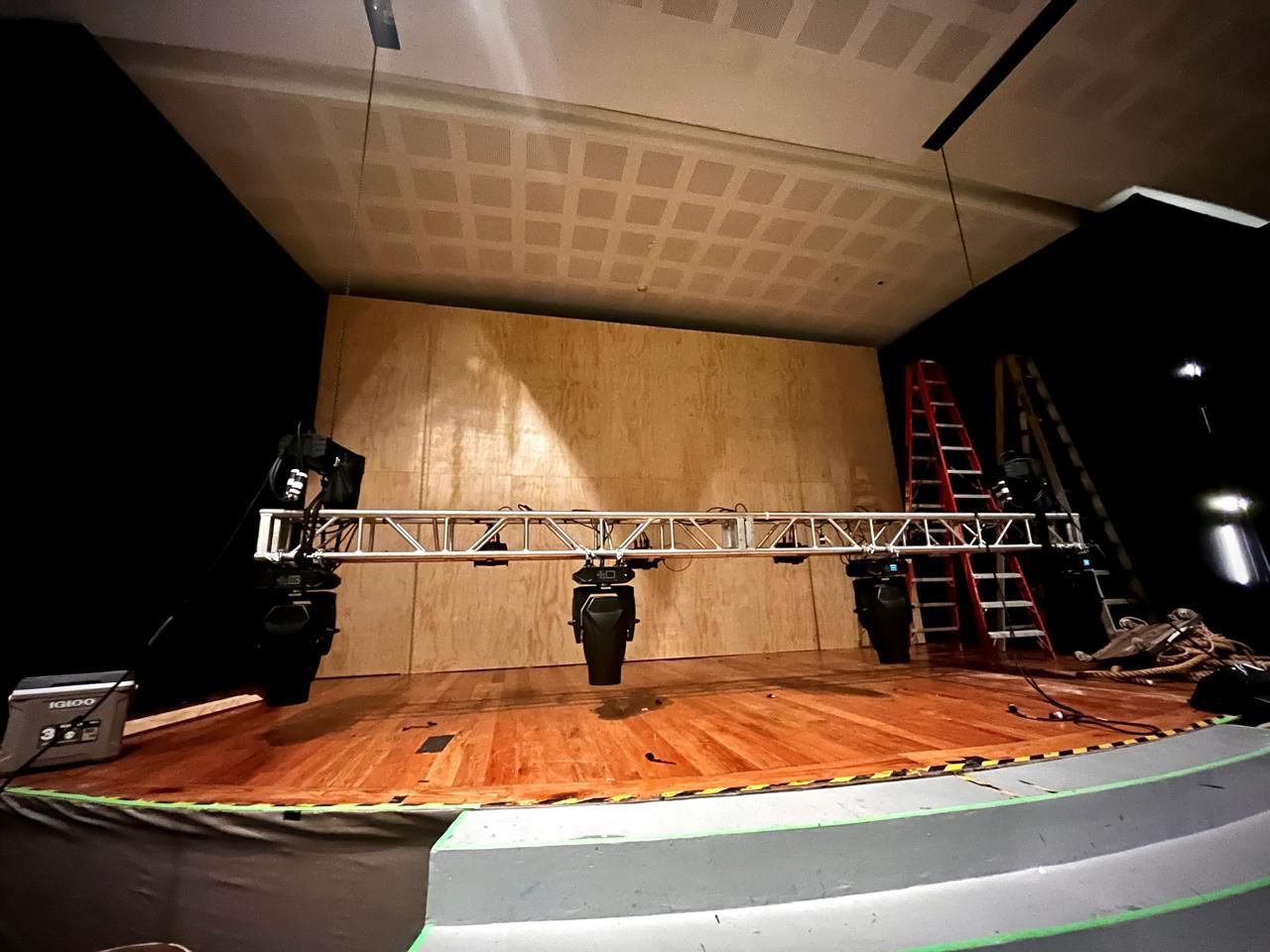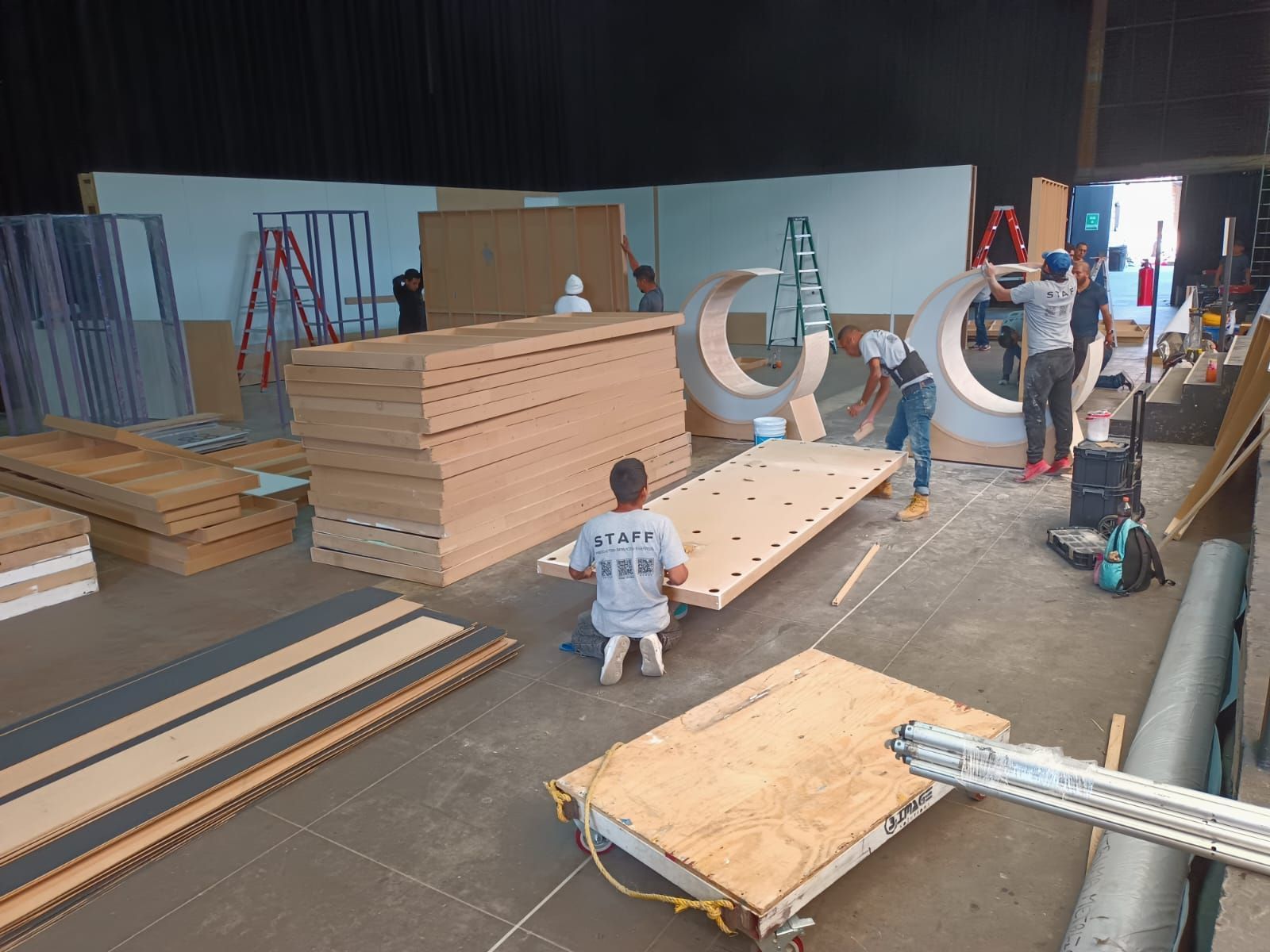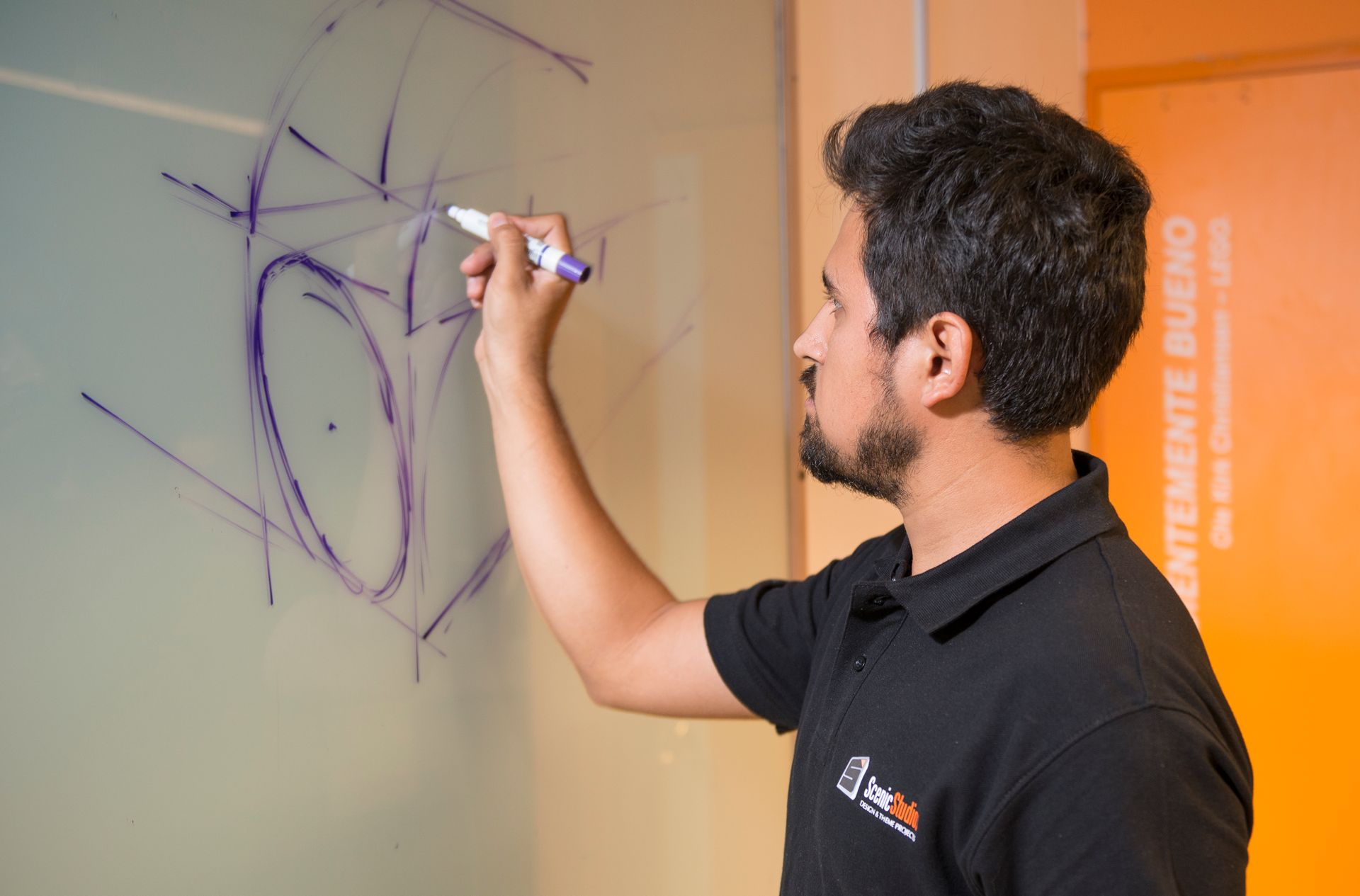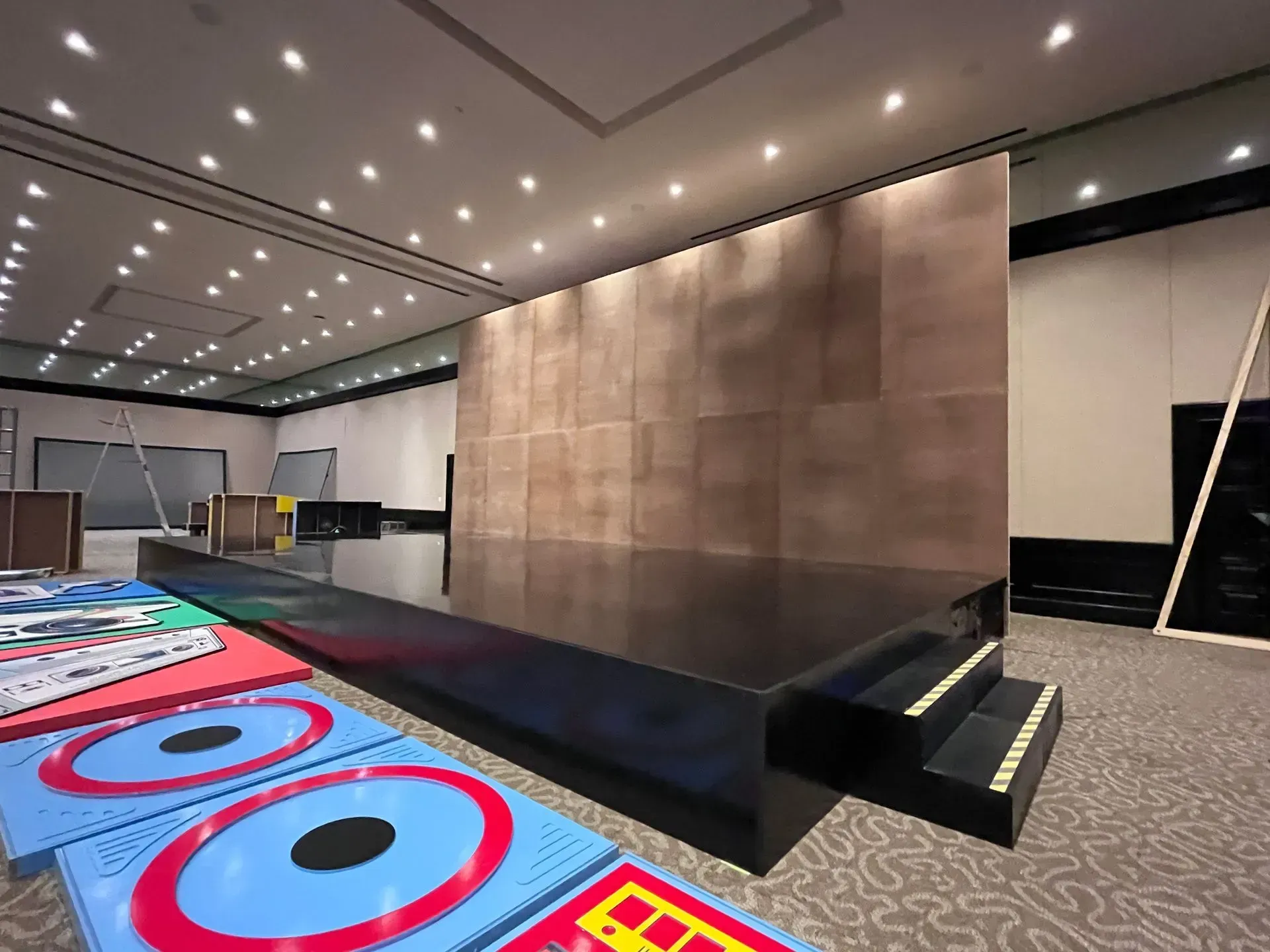Advantages of Using Fiberglass in 3D Sculptures
Fiberglass is a widely used material in the creation of 3D sculptures due to its numerous advantages, making it a popular choice among artists and sculptors. This versatile and durable fiber offers a range of significant benefits that have revolutionized how three-dimensional works of art are conceived and constructed.
- Shape Versatility: Fiberglass is moldable, allowing artists to unleash their creativity in shaping complex and detailed forms that would be challenging to achieve with other materials.
- Lightweight: Despite its strength, fiberglass is surprisingly lightweight compared to other sculpture construction materials, facilitating the handling, transport, and display of artworks.
- Durability: Fiberglass is resistant to corrosion, impacts, and weather, making it a durable option for artworks both indoors and outdoors.
- Reproduction Ease: Fiberglass allows for the creation of molds from an original sculpture, enabling the mass production of the artwork. This capability is crucial for artists seeking to sell multiple copies of their creation.
- Versatile Finishing: Fiberglass can be polished, painted, or coated with a variety of finishes, adding an additional layer of customization and aesthetics to sculptures. This facilitates the creation of specific visual effects.
In summary, fiberglass has revolutionized the world of 3D sculpture due to its multiple advantages. From its versatility in complex shapes to its durability and ease of reproduction, this material has become an invaluable ally for artists seeking to express their creativity in three-dimensional art.



